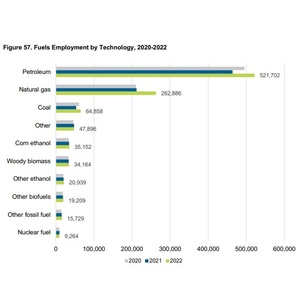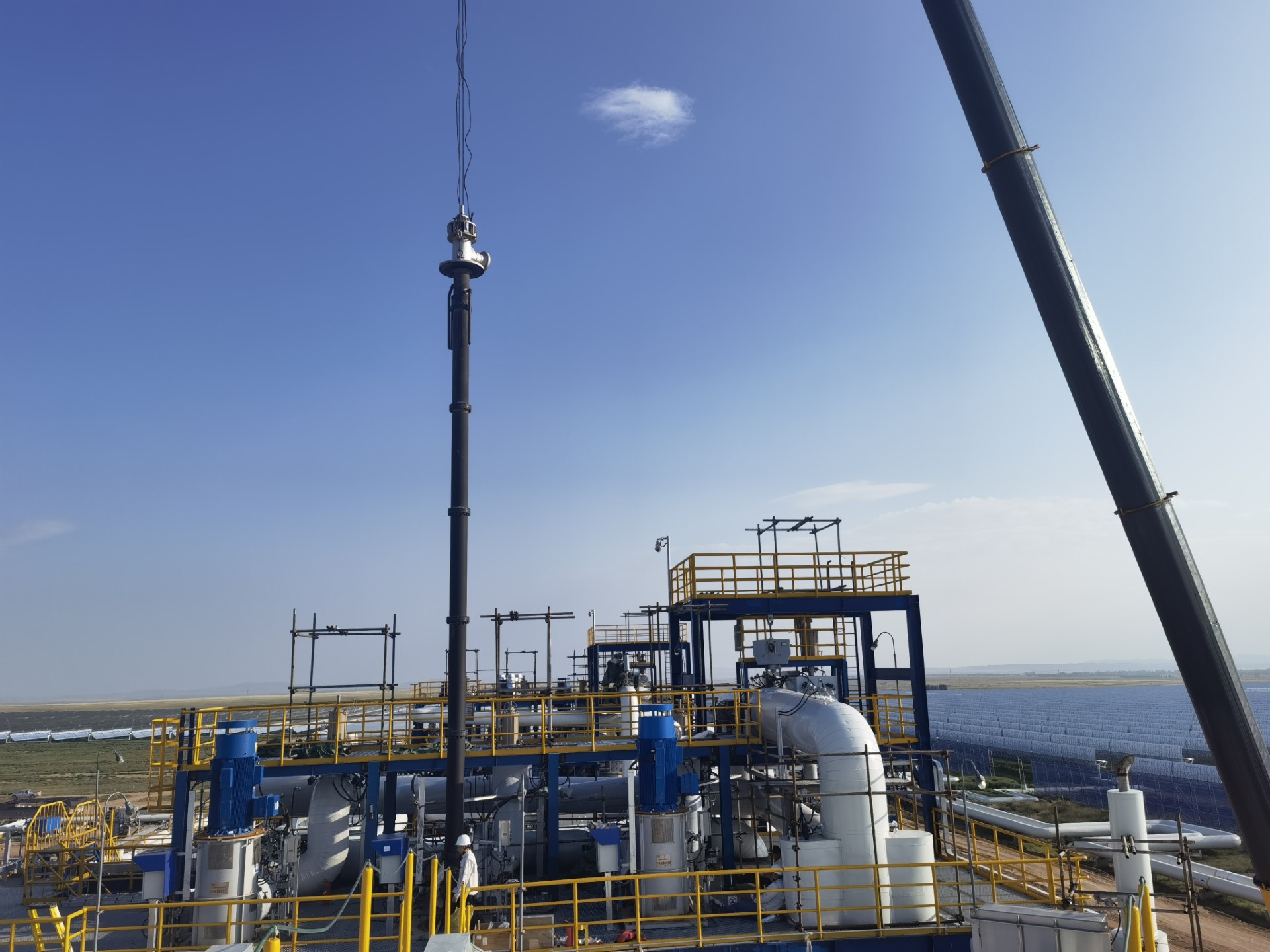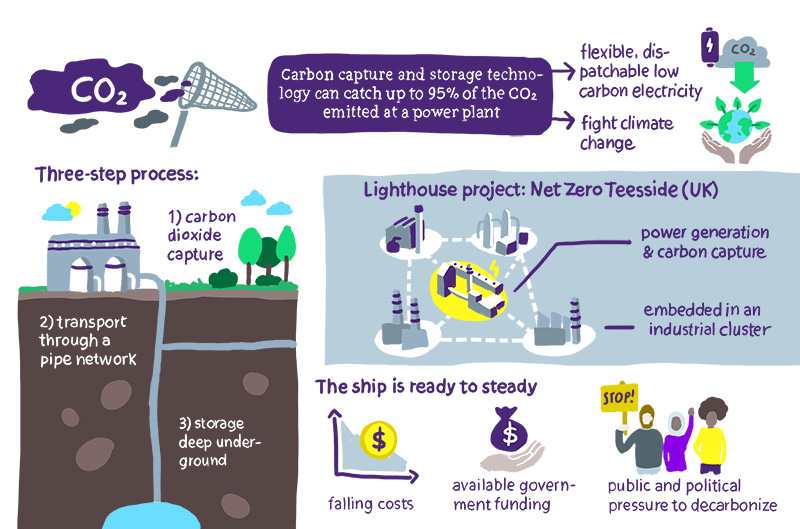
U.S. firms working with clean energy fuels, such as corn ethanol, woody biomass/cellulosic biofuel, and other biofuels, added 1,962 jobs in 2022, growing by 1.7 percent when compared to the previous year, according to the U.S. Department of Energy’s 2023 Energy and Employment Report, released June 28. Eioenergy electric power generation (EPG) jobs were also up.
The corn ethanol industry employed 35,152 workers last year, up 1.6 percent or 561 workers, when compared to 2021. The largest corn ethanol fuels job gains were in the wholesale trade industry, with 240 new jobs, followed by manufacturing with 140 added jobs, agriculture with 33 added jobs and professional and businesses services with 45 added jobs. Corn ethanol employers in manufacturing, wholesale trade and professional and business services expect to add new jobs this year.
In the corn ethanol industry, agriculture and forestry accounted for 15,951 jobs, while manufacturing accounted for 9,483 jobs, wholesale trade accounted for 6,767 jobs, professional and business services accounted for 2,845 jobs and other services accounted for 106 jobs. The vast majority of corn ethanol employers reported that hiring was somewhat or very difficult.
The corn ethanol industry is more gender diverse than the overall energy workforce but employs a fewer number of woman than the overall national workforce. The proportion of Hispanic or Latino and non-white workers is also below the national average. Veterans, however, make up 15 percent of the corn ethanol workforce, a higher concentration than the 9 percent energy workforce average and triple the share of the national workforce average of 5 percent. The percentage of workers represented by a union or covered under a project labor or collective bargaining agreement in corn ethanol fuels was lower than the energy workforce average but on par with the national private sector average. Individuals requesting accommodations for disabilities were twice as represented in corn ethanol fuels as they were in the overall energy workforce. The percentage of formerly incarcerated individuals was lower than the energy workforce average.
The DOE’s report also addresses industries classified as “other biofuels,” which is defined to include any fuel made from biobased matter that is not classified elsewhere within the report, such as non-woody biomass, renewable diesel fuels, biodiesel fuels, waste fuels and ethanol not produced from corn. These industry segments employed 40,148 workers last year, up 2.7 percent or 1,052 workers, when compared to 2021. The DOE reported that 3,838 jobs were associated with renewable diesel, with 5,662 jobs associated with biodiesel, 4,555 jobs associated with waste fuels, 5,154 jobs associated with other biofuels and 20,939 jobs associated with other ethanol/non-woody biomass.
The largest job gains for “other biofuels" were in the professional and other businesses services industry, with 670 new jobs, followed by wholesale trade with 255 added jobs, manufacturing with 63 added jobs, and agriculture and forestry with 59 new jobs. The majority of firms within “other biofuels” expect employment growth this year, but nearly all reported that hiring has been somewhat difficult or very difficult.
Within the category of “other biofuels,” professional and business services accounted for 26,248 jobs, while wholesale trade accounted for 7,434 jobs, manufacturing accounted for 3,773 jobs, agriculture and forestry accounted for 2,591 jobs and other services accounted for 102 jobs.
The percentage of workers in “other biofuels” represented by a union or covered under a project labor or collective bargaining agreement was lower than both the energy workforce average and the national private sector average. “Other biofuels” was more gender diverse than the overall energy workforce, but the percentage of female workers is still far below the overall national workforce average. The share on non-white workers was the same as the energy workforce average of 25 percent and higher than the national workforce average of 23 percent. Veterans were less represented in “other biofuels,” at 8 percent compared to the energy workforce average of 9 percent. Individuals requesting accommodations for disabilities were twice as represented in “other biofuels” as in the overall energy workforce.
The DOE’s report also addresses employment in the wood biomass and cellulosic biofuels sector, which employed 34,164 workers last year, up 266 workers or 0.8 percent, when compared to the 33,898 jobs reported for 2021. The largest gains in wood biomass and cellulosic biofuels were in the professional and business services industry with 270 new jobs, followed by manufacturing with 100 added jobs. Agriculture and forestry saw a decline of 110 jobs.
Within wood biomass and cellulosic biofuels, agriculture and forestry accounted for 18,380 jobs last year, while professional and business services accounted for 10,270 jobs, manufacturing accounted for 4,433 jobs, wholesale trade accounted for 1,040 jobs and other services accounted for 41 jobs.
Most employers within wood biomass and cellulosic fuels said they expect to see employment growth in 2023. Agriculture and forestry, however, expects a 7 percent decline. The vast majority of employers said hiring is somewhat difficult or very difficult.
The percentage of workers in woody biomass and cellulosic biofuel represented by a union or covered under a project labor or collective bargaining agreement was lower than the overall energy workforce but slightly higher than the national private sector average. The percentage of female workers was higher than the overall energy workforce, but far below the national workforce average. The proportion of non-white workers was lower than both the energy workforce average and the national workforce average. The wood biomass and cellulosic biofuels workforce had the highest proportion of veterans of energy technology at 16 percent, higher than the energy workforce average of 9 percent and the national private sector average of 7 percent. Individuals requesting accommodations for disabilities were represented at a higher rate than the energy workforce.
In addition to biobased fuels, the DOE’s report discusses employment associated with bioenergy electric power generation (EPG). Bioenergy EPG employed 12,850 workers in 2022, up 163 workers or 3.7 percent when compared to 2021. The largest job gains were in the construction industry with 277 new jobs, followed by professional and business services with 120 new jobs, utilities with 74 new jobs, manufacturing with 35 new jobs, other services with five new jobs and wholesale trade with three new jobs. Construction and professional and businesses services firms within bioenergy EPG expect to see above average job growth in 2023. A majority of bioenergy EPG firms reported that hiring is at least somewhat difficult.
Within the bioenergy EPG sector, construction accounted for 5,468 jobs last year, followed by professional and business services at 3,271 jobs, utilities at 2,047 jobs, manufacturing at 1,099 jobs, wholesale trade at 572 jobs and other services at 394 jobs.
The percentage of workers in bioenergy EPG represented by a union or covered under a project labor or collective bargaining agreement was the same as the overall energy workforce and higher than the national private sector average. Bioenergy EPG employed a higher percentage of women than the average for all energy firms, but was still lower than the economy-wide average. The percentage of non-white workers in bioenergy EPG was higher than both the energy workforce and national workforce averages. Veterans were more likely to work in bioenergy EPG than in the energy workforce overall and the national workforce overall. Workers requesting accommodations for disabilities were more represented in bioenergy EPG than in the overall energy workforce, but were less represented when compared to the overall U.S. workforce average. The percentage of formerly incarcerated workers was the same as the overall energy workforce average and lower than the national workforce average as a whole.






